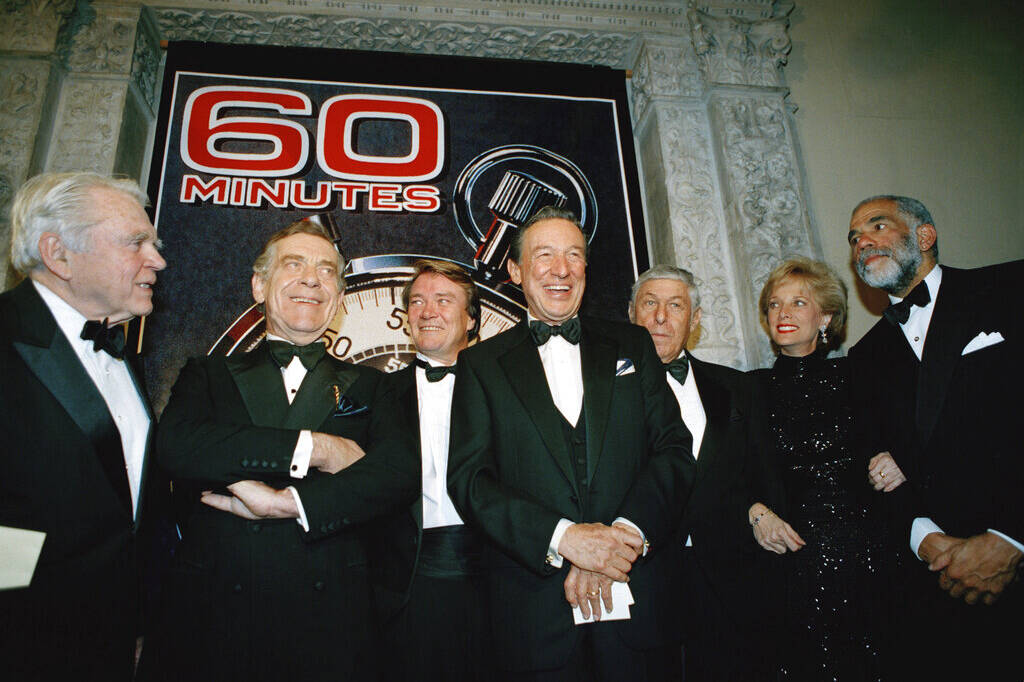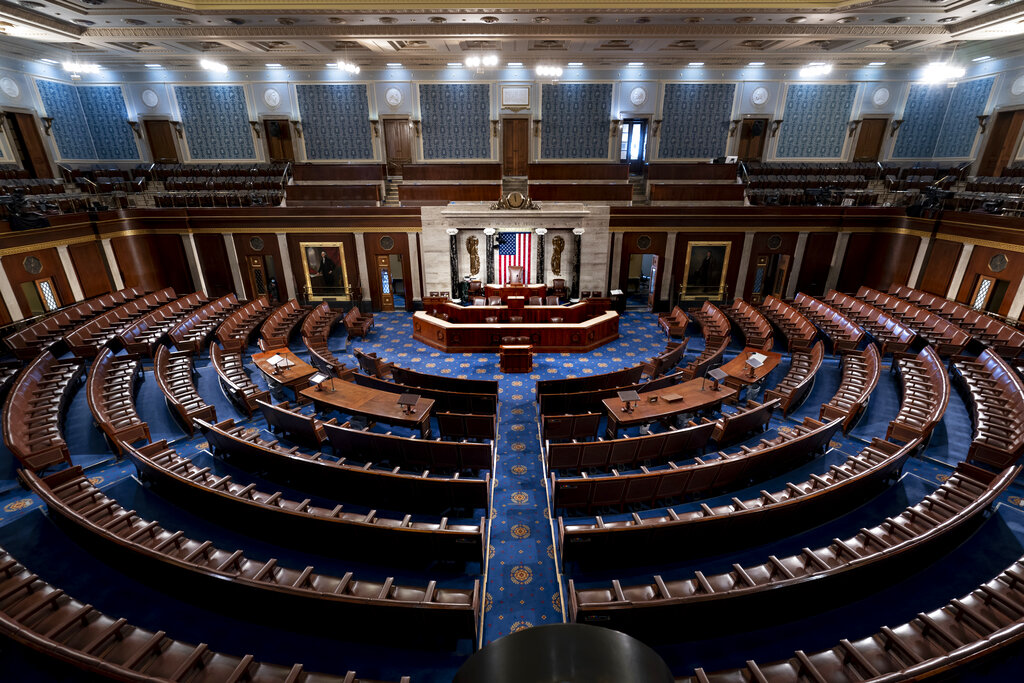In order to understand why the Middle East has been such a constant source of conflict, you look back 45 years to the Iranian Revolution of 1979.
The Iranian Revolution of 1979, also known as the Islamic Revolution of 1979, shifted the regional balance of power, spurred the rise of political Islam and radical Islamic groups, led to conflicts and realignments of alliances, and altered the dynamics of the Arab-Israeli conflict.
Stanford University Professor Abbas Milani is quoted as saying “Everything that happened in the Middle East since 1979 is at least somewhat either directly or indirectly related to the 1979 moment.”
The events that took place within Iran from 1978 to 1979 culminated in the overthrowing of the Shah of Iran Mohammad Reza Pahlavi and its place, the establishment of the theocratic Islamic Republic of Iran under the leadership of cleric Ayatollah Khomeini.
While the stated goal of the 1979 Revolution was a more democratic Iran, the Iranian people found themselves under the rule of Shiite religious clerics.
Iran went from being a staunch ally to the U.S. to one of our biggest foes in 1979, after Iranian students seized the U.S. embassy in Tehran and detained more than 50 Americans, keeping them hostage for 444 days.
The revolution, which overthrew a pro-Western monarchy and established an Islamic republic, inspired Islamist movements, both Shia and Sunni, in the Middle East. Eventually the Islamist movements sowed instability in countries across the region, leading to increased tensions between Shia and Sunni communities and with Israel.
Perhaps no more so than the Iran-Iraq War, which began after Iraq invaded Iran in Sept. 1980. The invasion and subsequent war was due to Iraqi President Saddam Hussein’s concern about the potential for the Iranian Revolution to inspire unrest and potentially overthrow his own regime, which was a secular, minority-Sunni-led government ruling over a Shia-majority population.
The Iran-Iraq war cost both sides in lives and economic damage: about half a million Iraqi and Iranian soldiers and an equivalent number of civilians died, with many more injured and with the economic cost of the war exceeding one trillion dollars.
While the Iran-Iraq war ended with neither Iran nor Iraq being able to impose its will on the other, Iran’s relations with the Arab states of the Persian Gulf fundamentally worsened after the Iraq–Iran War due to their one-sided support of Saddam Hussein’s regime.
One of the most crucial geopolitical transformations was the emergence of armed non-governmental or quasi-governmental groups in the Middle East. Hezbollah in Lebanon, the Houthis in Yemen, the Popular Mobilization Forces in Iraq, and the Fatimids of Afghanistan are among the major Shiite groups that have been supported by Iran. Hezbollah eventually became Iran’s most powerful proxy, in the fight against Israel.
Iran’s alliance with organized groups is not limited to the Shiite ones, but also Sunni groups such as Hamas, which attacked Israel on October 7, 2023.
The Wall Street Journal reported back in October 2023, that Iranian security officials helped plan Hamas’s October 7, 2023 surprise attack on Israel citing that officers of Iran’s Islamic Revolutionary Guard Corps had worked with Hamas since August to devise the air, land and sea incursions.
During the reign of the Shah, Iran became the second Muslim country after Turkey to recognize Israel. But after the Islamic Revolution of 1979, the Israel embassy was closed and after that, Iran never recognized Israel. The severing of those ties with Israel has led to the subsequent hostilities between Iran and Israel, including the current Israel-Iran conflict and the U.S.’ strikes on three Iranian nuclear sites last week.
No doubt the 1979 Revolution shaped the geopolitics of the region and the world and is still having consequences today.
Related
Lynn Schmidt
Lynn Schmidt holds a bachelor of science in nursing from the University of North Carolina at Greensboro and a masters of science majoring in political science from the University of Nebraska-Omaha. She is a freelance columnist and editorial board member with the St. Louis Post-Dispatch and a monthly contributor to The Fulcrum. Lynn lives in St. Charles, Missouri with her husband and two daughters.




